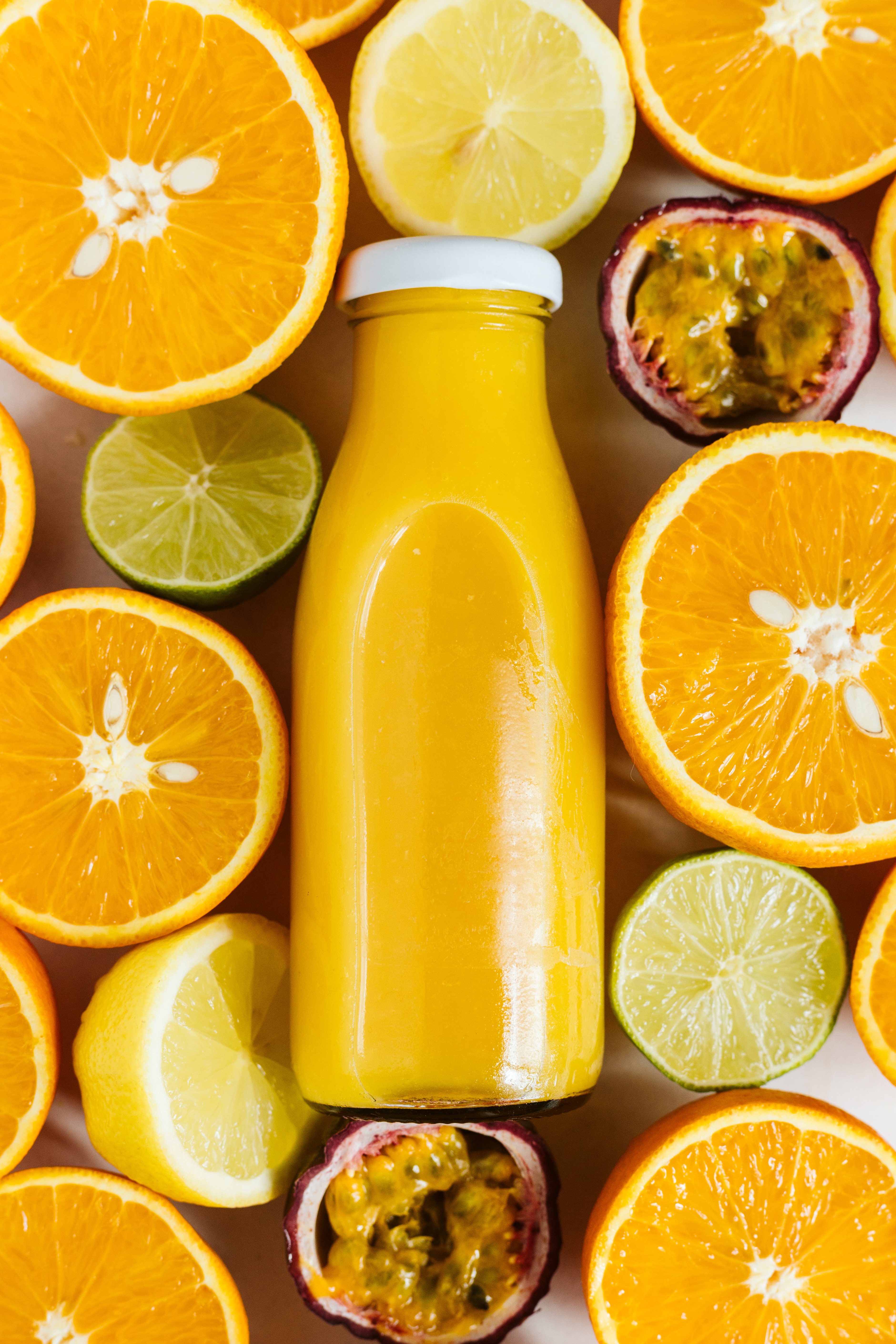Adding more fruits and veggies to your diet is a terrific idea by juicing. It can be a bit of a turnoff, though, if you don’t enjoy the pulpy texture that some juices can have. Fortunately, there are techniques for removing the pulp from your juice so you can savour a silky and revitalising beverage. In this article, we’ll discuss a few alternative approaches to pulp removal from juice and offer advice on how to achieve the greatest outcomes. This tutorial will assist you in producing the ideal pulp-free juice every time, whether you are an experienced juicer or are just getting started. So gather your prefered fruits and vegetables, and let’s start juicing!
There are a number of techniques you can use to remove pulp from juice. Here are several possibilities:
- Employ a Strainer: Using a strainer is the most typical approach to remove pulp from juice. Simply pour the newly juiced combination into a glass after passing it through a fine mesh strainer. You’ll be left with a smooth and pulp-free juice after the pulp is removed to the sieve.
- Using a nut milk bag, which is a fine mesh bag normally used to strain homemade nut milk, is an additional choice. Pour the freshly juiced combination into the nut milk bag and give it a gentle push to extract the juice. You’ll be left with a smooth juice and the pulp will be collected in the bag.
- Use a Cheesecloth: You may also strain your juice using a cheesecloth, much like you would a nut milk bag. Juice can be extracted by simply pouring it into the cheesecloth and gently squeezing it. You’ll be left with a smooth juice and the pulp will be collected in the cheesecloth.
- Using a juicer with a pulp ejection option can be a convenient way to get rid of pulp if you have one of these machines. As the juicer is juicing, the pulp will separate from the juice, leaving a smooth liquid in the collection container.
- If you don’t have a juicer, you may alternatively puree your fruits and veggies in a blender and then strain the mixture to get rid of the pulp using a fine mesh strainer or nut milk bag. This approach can take a little more work, but it can still result in a tasty juice with no pulp.
It’s critical to remember that, regardless of the method you select, removing the pulp from your juice might also remove some of the fibre and nutrients. Therefore, even though some people prefer pulp-free juice, it’s crucial to include whole fruits and vegetables in your diet to get the full range of health benefits.

Are there particular types of juicers that reduces pulp?
Juicers of certain varieties are made to minimise pulp in the juice. Juicers that can assist decrease pulp in the juice include centrifugal and masticating juicers.
To extract juice from fruits and vegetables, centrifugal juicers employ a fast-spinning blade. The product is ground up and the pulp and juice are separated as the blade rotates. After that, the pulp is gathered in a different container, leaving the juice with less pulp.
Masticating juicers, commonly referred to as slow juicers or cold press juicers, gently crush and squeeze vegetables to extract the juice. Juice produced with this technique is smoother and more pulp-free since it has less pulp overall.
Remember that even with these kinds of juicers, some pulp may still find its way into the juice. The pulp level of the juice can be further reduced by using a strainer or fine mesh filter, though.
How much juice to you get per orange?
The size and juiciness of the orange, as well as the technique employed to extract the juice, can all affect how much juice you can get from an orange. One medium-sized orange may typically produce between 1/3 and 1/2 cup of juice. However, larger or extremely juicy oranges can produce up to 3/4 cup or more of juice. It’s vital to keep in mind that utilising a juicer can help you get more juice out of your oranges than manually pressing them.

How long can I store fresh juice in the refrigerator?
Juice that has just been freshly prepared should be consumed right away because once it has been juiced, it can start to lose flavour and nutritional content. If you must keep your juice, it is preferable to do so for no longer than 24 to 48 hours in the refrigerator in an airtight container. The juice will oxidise and lose nutrients more quickly the longer it sits. You can put the juice in an airtight glass container and keep it in the coldest region of your refrigerator to help slow down the oxidation process. Before consuming, it’s a good idea to quickly swirl the juice to re-distribute any nutrition or pulp that may have settled to the bottom.
Can I freeze leftover juice for later use?
Juice that is left over can be frozen for later use. You may extend the shelf life of juice by freezing it, which also guarantees that you’ll always have access to fresh juice. Pour the juice into a freezer-safe container and leave a small space at the top for expansion if you want to freeze it.
In order to remember when the food was frozen, carefully close the container and write the date on the label. For up to three months, juice can be kept frozen. When you’re ready to utilise the frozen juice, simply let it thaw overnight in the refrigerator or until entirely liquid by running the container under warm water. It’s crucial to remember that some separation may take place during freezing, so make sure to shake or stir the juice thoroughly before consuming.
Relevant Articles
Can You Put Alka-seltzer In Juice?
Limeade vs Lemonade: What Is The Difference?

Comments are closed